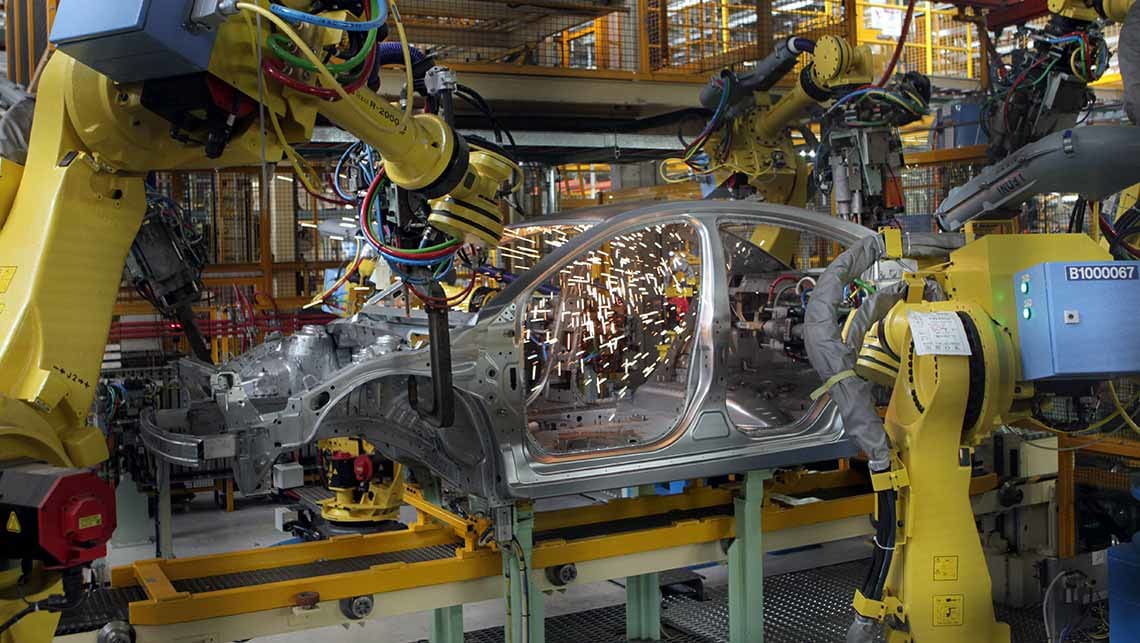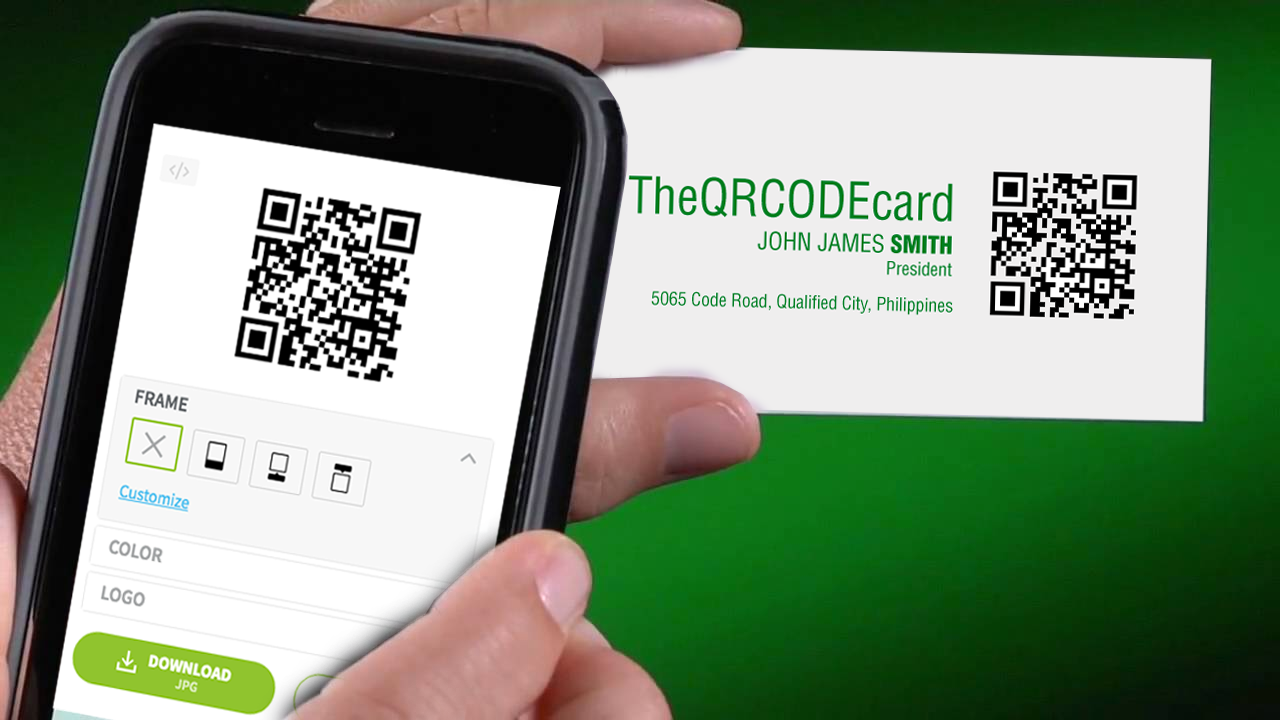How a square box adds high tech to your business cards

IN the 1990s, car manufacturing became very sophisticated. Using robots and automated conveyor belts, as well as hundreds or components and thousands of bolts, nuts and screws, car makers needed to go beyond the barcode, which then was the standard for containing information for portability.
A company called Denstu Wave—a division of Toyota—came up with the QR (meaning Quick Response) code to track vehicles as it went through the process of manufacturing. Dentsu did not patent the system and allowed it to be open sourced so that car manufacturers can share with and benefit from the technology.
A common barcode, called the UP (which stands for Universal Product) code can carry only one line of 12 numbers or letters. The QR code can carry up to some hundred times the amount of information a conventional barcode in a far smaller space. It can be read in 360 degrees and from any direction by the reading device. Barcodes use a special reader, QR codes can use your smartphone to read all the information it has on it.
In the past few years, QR codes have found its way to many places—including newspapers, billboards and business cards. In business cards its usefulness is unquestionable.
But do you need a QR code in your business card? Let’s examine the features and benefits. First, since a QR code can contain a lot of information—you can actually put your name, position, telephone number, business name and business address all in one QR code. Second, since it is small, this information will not take space for text or images on the business card. Third, it really makes you and your business card stand out as tech saavy. There are however, some disadvantages too. These include, having to ask the person you give your card to, to have a QR code reader on his or her phone. This is something not many people have, or understand using. You may even have to tutor someone into downloading a QR code app and how to scan a QR code in order for it to be useful. Another disadvantage is that too much information on the QR code also results in a code image that is bigger and has a lesser chance to be read on the first scan. Also if your QR code has to connect to a website to access information, the person you give it to needs to have an active mobile data or Wi-fi connection to see what the contents of the QR code is.

So should you have a QR code on your business card? The answer is yes. According to I.T. expert Gregory Bautista of Techsauceph.com, QR codes have become a norm in the digital society. Not only are they used to identify but are also useful for tracking and tracing, and monitoring. These days QR codes are found in cigarettes and alcohol products as a way of monitoring them for taxes.
“So why should we be scared to use them on our business cards?”
One good way to apply QR codes on the business card is for it to be used to display text to the user, specifically adding a vCard contact to the user's device. Finally, there are QR code generators available as software or as online tools that makes it very easy to create it and place it on your business cards.
The real technical hurdle, according to Bautista is your printer having the ability to apply variable printing so that in a set of corporate credit cards, each person can have the unique QR code identifier. Find out how your printer can create the perfect QR code-enable business card for you.






